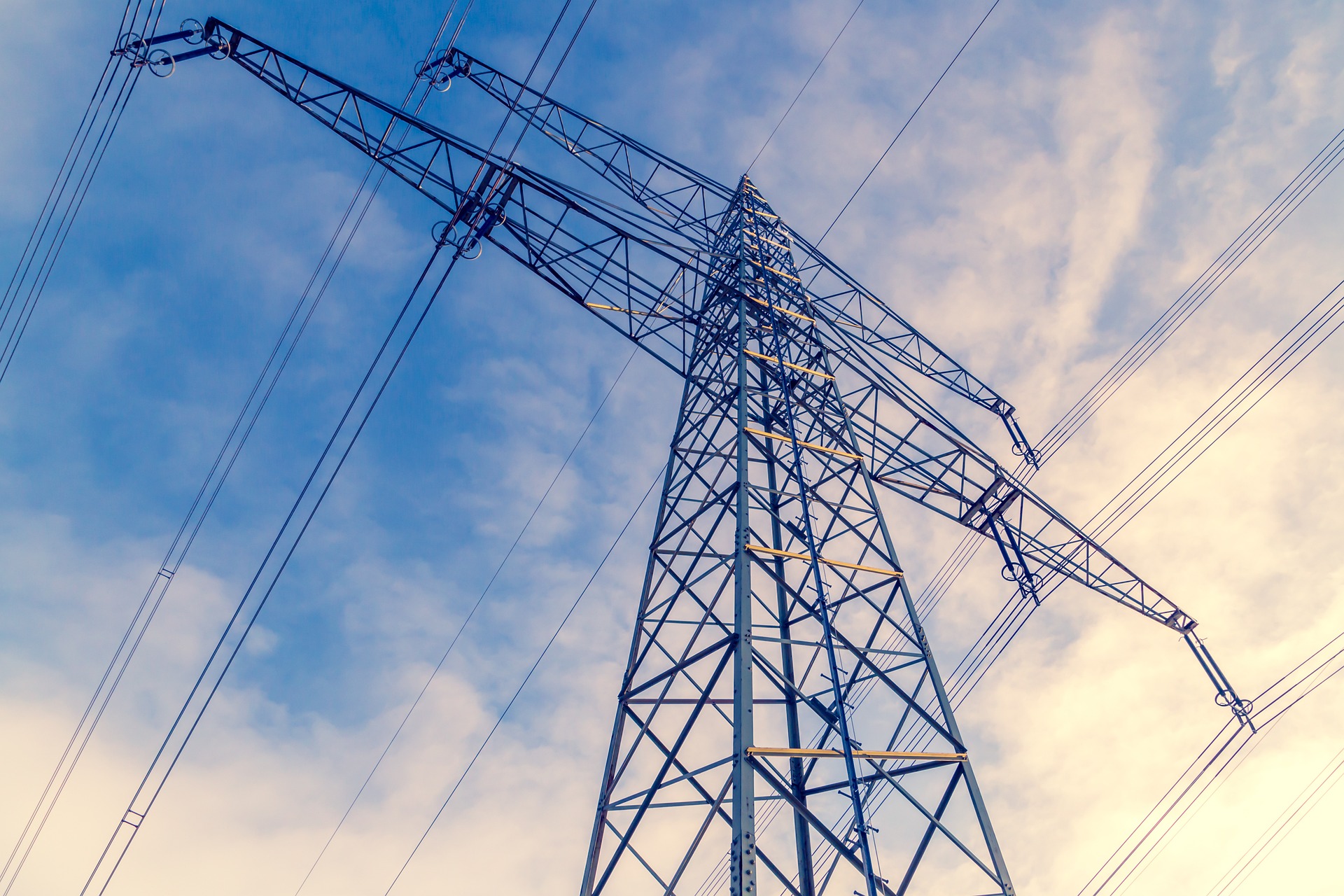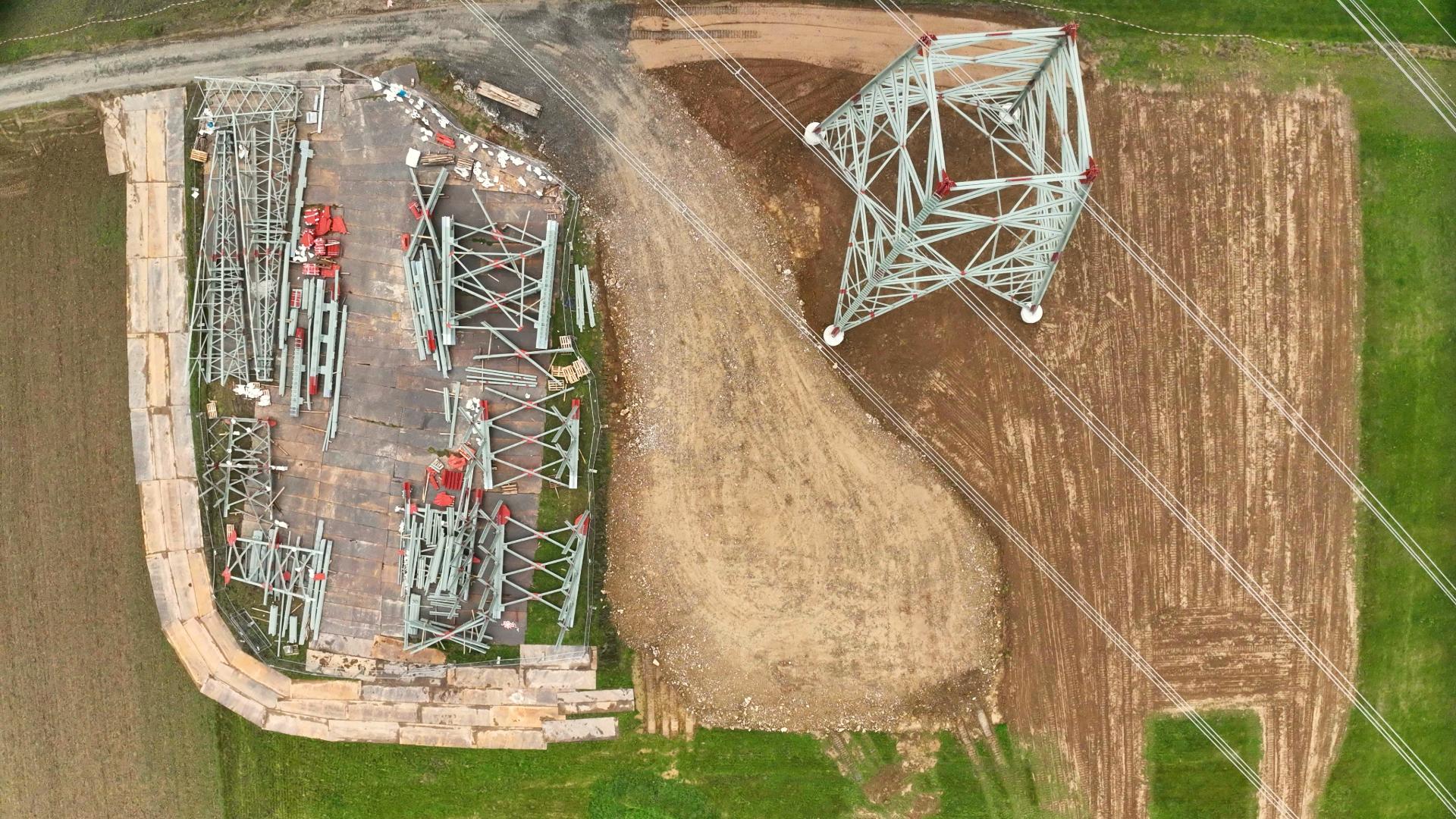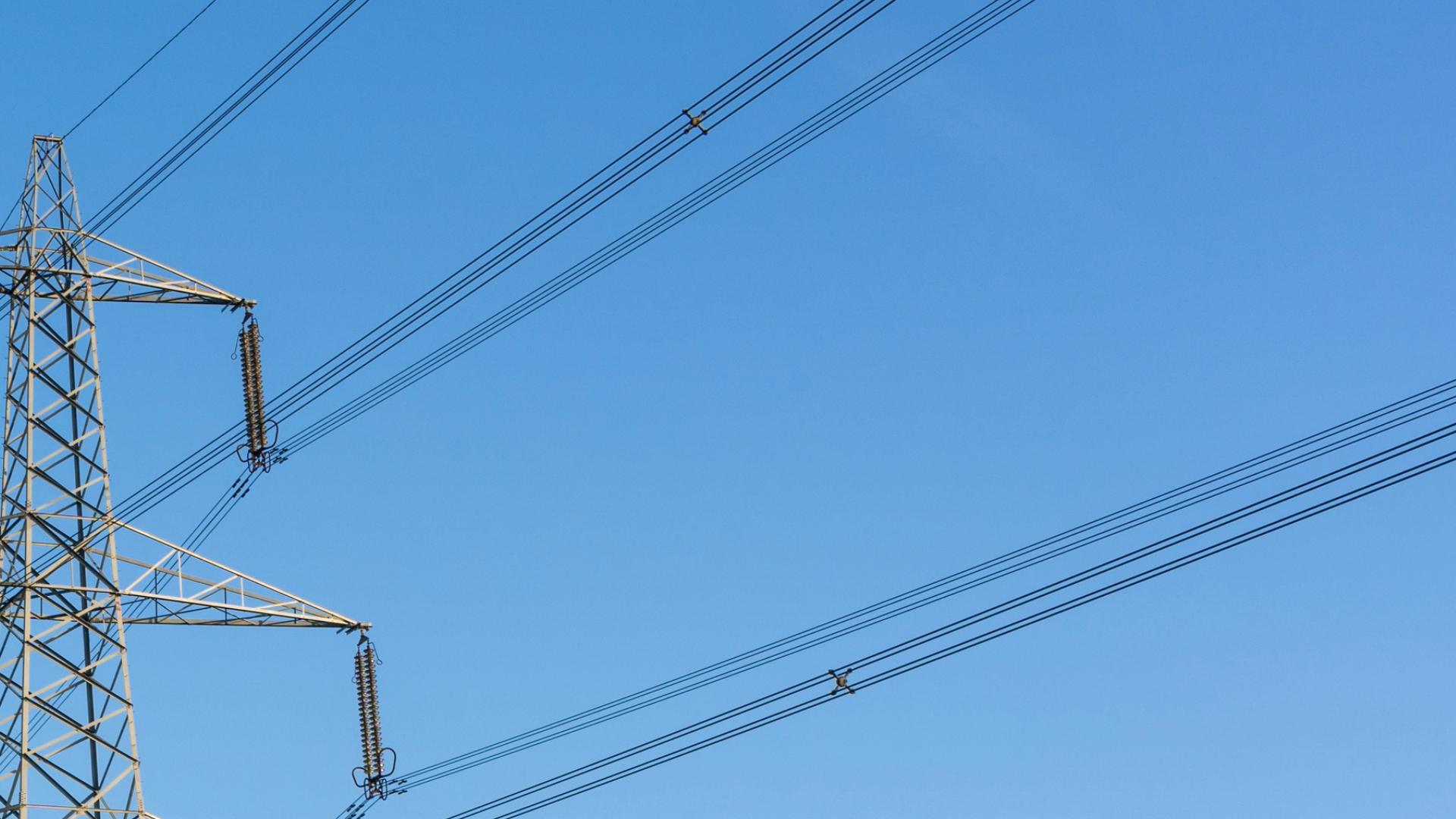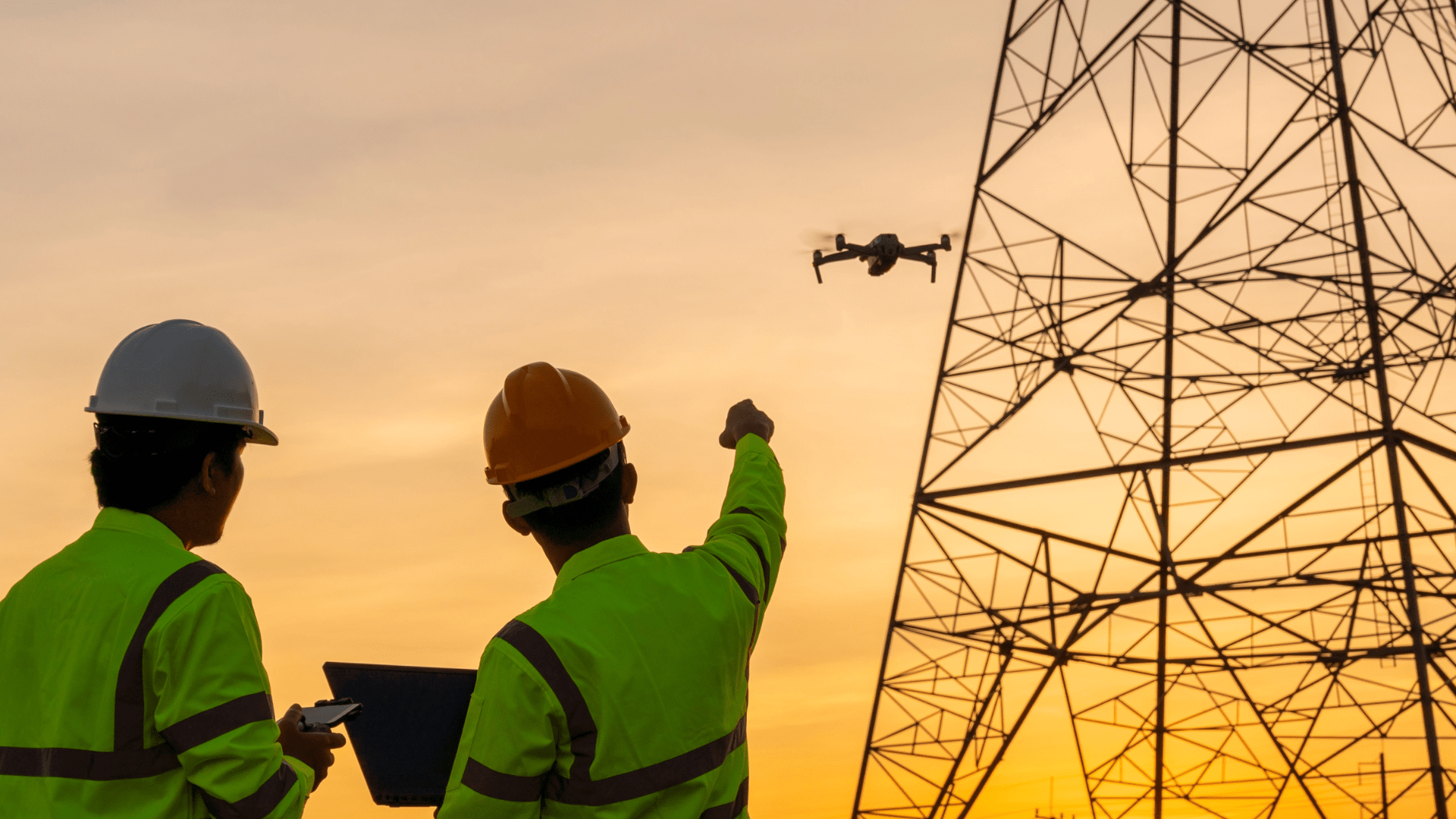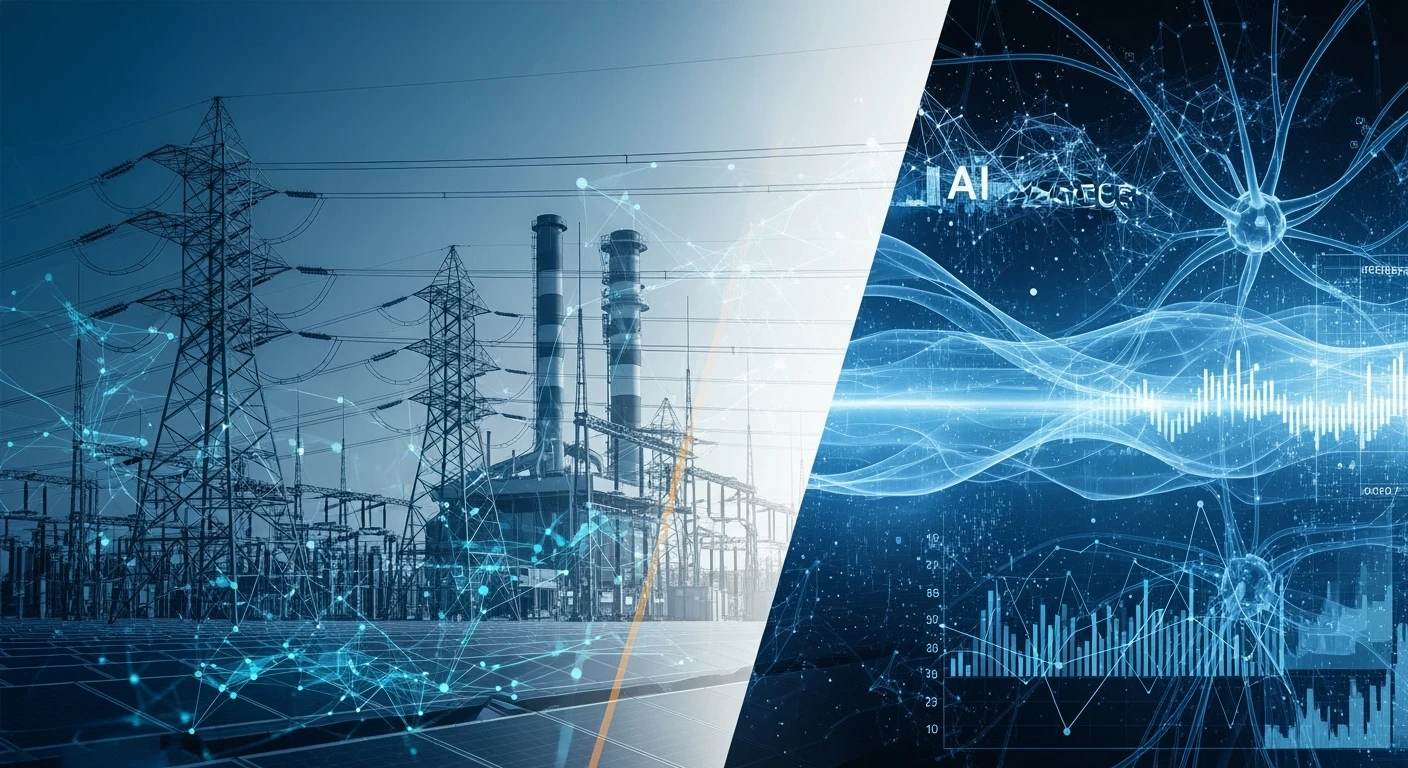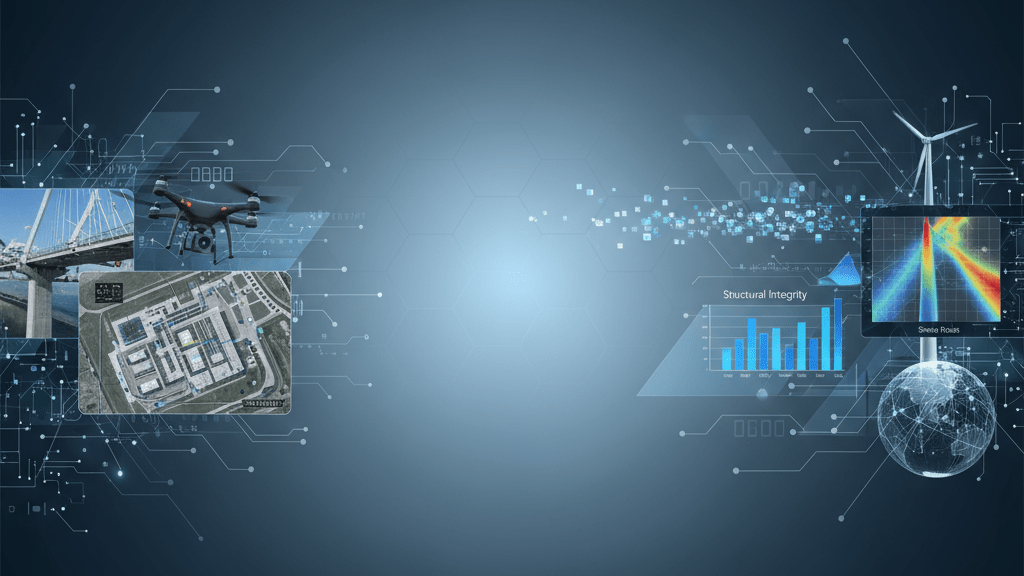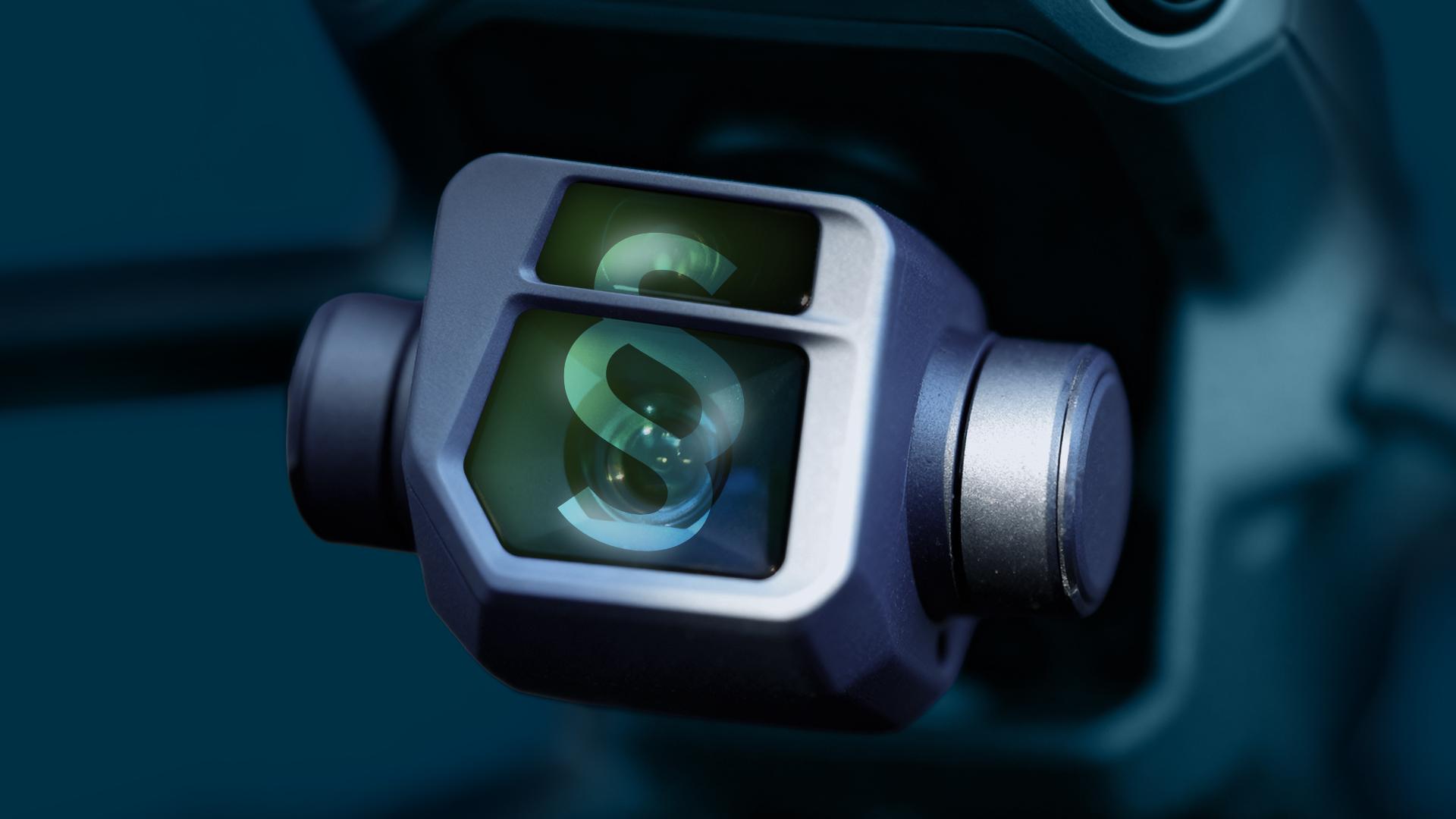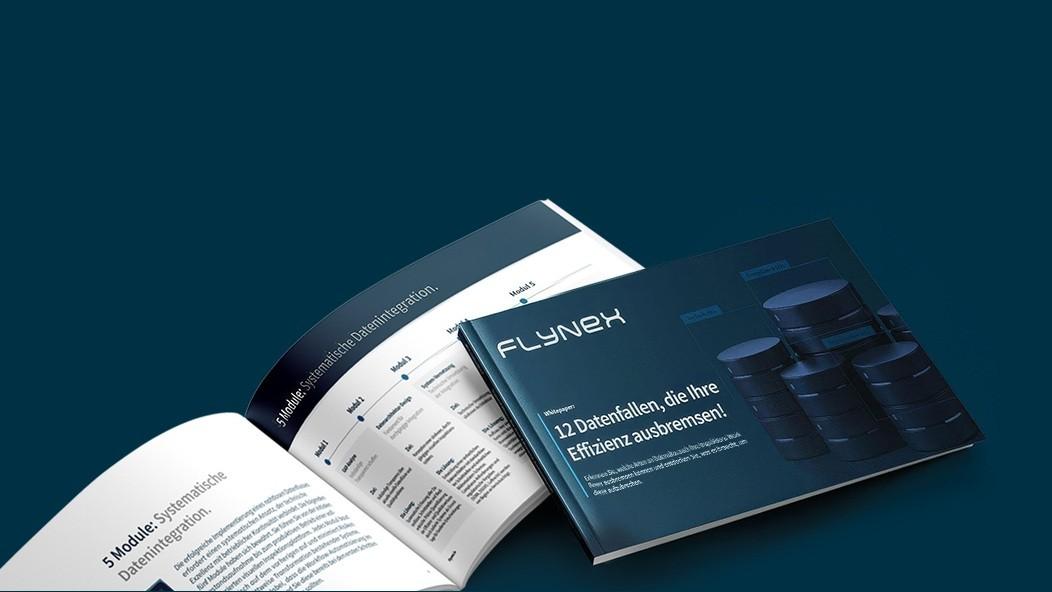Die 10 Millionen Abrufe auf unserer Map2Fly haben uns dazu veranlasst, einen näheren Blick auf die derzeitige und kommende Entwicklung von Drohnen zu werfen. Im ersten Teil haben wir uns deshalb mit dem Drohnenmarkt in Deutschland und der EU beschäftigt. Im zweiten Teil haben wir uns die Anwendungsmöglichkeiten genauer angeschaut und letzte Woche, im dritten Teil, stellten wir Ihnen Menschen vor, die sich als Drohnendienstleister selbstständig gemacht haben. Hier finden Sie nochmal unsere Gespräche mit Frank Lochau und mit Michael Küpper.
Als Abschluss unserer „10 Millionen“-Blog-Serie wollen wir einen kleinen Ausblick wagen. Es geht um die Zukunft der Drohnen.
Die Marktprognose
In den nächsten 20 Jahren nimmt der Luftverkehr in Europa um ca. 50 % zu, schätzt der Verband Unbemannte Luftfahrt. Wenn der Drohnenmarkt wächst, bedeutet das gleichzeitig, das hier Arbeitsplätze geschaffen werden. Bis 2035 sollen schätzungsweise über 100.000 Menschen direkt im Drohnensektor beschäftigt sein. Um diese vielen unbemannten Luftfahrzeuge sinnvoll und sicher zu nutzen, müssen neue Gesetze und Regeln vereinbart werden.
Die Herausforderung besteht darin, die kommerzielle Nutzung soweit zu regulieren, dass das Managen der einzelnen Fluggeräte möglichst einfach und wirtschaftlich ist, ohne dabei die Freiheit der Hobbypiloten zu weit einzuschränken. Im Juni werden wir erfahren, welche Neuerungen es auf gesetzlicher Ebene geben wird. Denn am 30.06. treten die neuen Gesetze der EU-Verordnung in Kraft. Wir werden uns für Sie darauf einstellen und im Juni nochmal ausführlich über die Neuerungen informieren.
Mehr Digitalisierung und Automatisierung
Die EU-Verordnung soll zur Verwirklichung des sogenannten U-Space beitragen. Der U-Space ist eine Reihe von Dienstleistungen, die den europäischen Himmel für kommerzielle Drohnen-Flüge nutzbar machen sollen. Die SESAR (Single European Sky ATM Research) hat dazu spannende Pläne. Lesen Sie hier mehr über die Pläne der EU für den europäischen Luftraum.
Im dritten Teil unserer Blog-Serie sprachen wir mit den Drohnenpiloten Frank Lochau und Michael Küpper darüber, was sie von der Drohnentechnologie in Zukunft erwarten. Beide erzählten von einer weiteren Automatisierung und Digitalisierung. Herr Lochau ist der Meinung, es wird in Zukunft möglich sein, den Startknopf zu drücken und die Drohne befliegt von ganz allein. Sogar der Datentransfer werde automatisierter verlaufen. Die Drohne selbst, so Herr Küpper, wird als selbstverständliches Werkzeug in allen möglichen Branchen eingesetzt werden.
Den Zukunftsplänen stehen jedoch noch viele technische Hürden im Weg. Besonders Drohnenhersteller stehen mehreren Herausforderungen gegenüber. Drohnen müssten zukünftig so ausgestattet werden, dass sie andere Flugobjekte oder Objekte auf dem Boden (wie beispielsweise Baukräne) erkennen können. Ist das gemeistert, müssen Drohnen diesen Objekten auch ausweichen können. Einer der jüngsten Erfolge zur Lösung des Problems sind sogenannte „Ereigniskameras“ an Drohnen. Diese Kameratechnik wurde kürzlich an einer Drohne vorgestellt, die fliegenden Bällen ausweichen konnte. Mehr dazu finden Sie hier: Kameratechnik der Uni Zürich.
Drohnen als Helfer
FlyNex ist als Drohnen-Software-Dienstleister daran interessiert, den Einsatz von Drohnen egal ob gewerblich oder privat so einfach wie möglich zu gestalten. Wir arbeiten unter anderem in Verbänden und Räten gemeinschaftlich mit anderen Unternehmen und Herstellen daran, Empfehlungen und Regel-Werke zu erstellen, die genau das ermöglichen. Neben der Arbeit in Unternehmen und Kooperationen, sind auf EU- und Bundesebene Projekte umgesetzt worden, die einen sinnvollen Einsatz von Drohnen fördern sollen. Wie z.B. das Projekt Medifly, das im Februar in Hamburg unter Mitwirkung von FlyNex getestet wurde. Hier ging es um den Transport von medizinischen Gütern zwischen Krankenhäusern.
Ruanda in Afrika ist hier Vorreiter, wenn es um den Einsatz von Drohnen als Transportmittel geht. Dort transportieren sie Medizin, Blut- und Plasmakonserven sowie Impfstoffe längst per Drohne. Drohnen bieten als Transportmittel in weitläufigen Gegenden und infrastrukturell schlecht angebundenen Gebieten unschlagbare Vorteile.
“Drones for Business“ – Es geht auch um Professionalisierung
Drohnen sind auch in der Wirtschaft am hilfreichsten, wenn Prozesse beschleunigt oder vereinfacht werden können. Das Beispiel MITNETZ STROM verdeutlicht hier, wie sich aufwendige Arbeiten mit Drohnen vereinfachen lassen. Der Energienetzbetreiber hat Anfang des Jahres zusammen mit FlyNex einen Flug außerhalb der Sichtweite des Piloten (BVLOS) für eine 20 km lange Strecke durchgeführt. Dabei wurde die Art und Weise der Strommasten-Inspektion grundlegend erneuert.
Der Aspekt der Vollautomatisierung, Datenerfassung aus der Luft, ohne dass Piloten vor Ort sein müssen, ist für Unternehmen eine der wertvollsten Perspektiven für kommende Anwendungsfälle.
Zusammenfassend heißt das: Der Anstieg an Drohnen im Markt verdanken wir den unterschiedlichen und zahlreichen Anwendungsmöglichkeiten. Diese werden mit neuen und ausgereifteren Technologien wirtschaftlicher. Die ersten Unternehmen nutzen das bereits für sich. In Zukunft werden Unternehmen Drohnen wahrscheinlich ganz selbstverständlich in ihrem Tagesgeschäft eingeführt haben. Das schafft neue Arbeitsplätze und neue Geschäftsmodelle. Zudem helfen die kommenden neuen Gesetze und Regulierungen dabei, den Drohnenmarkt wachsen zu lassen.
Wir freuen uns auf die Herausforderungen, die in Zukunft auf uns zukommen werden. Wir wünschen einen sicheren Flug und bleiben Sie gesund!
Ihr FlyNex Team
